Do you want to know the key content marketing metrics to measure your content marketing ROI (return on investment)?
To effectively measure the success of your content marketing campaigns, it’s crucial to understand the relevant content marketing metrics. Using inappropriate metrics to measure content performance can lead to misleading conclusions.
In this blog, I will share the important metrics to track so you can successfully measure your content marketing strategy.
Recommended Resource Need to jumpstart your content marketing results? Get more traffic and conversions with our Ultimate Guide to Content Marketing in 2020.
Here’s a table of contents in case you want to skip to a specific section of this guide:
- What Is Content Marketing ROI?
- How To Measure ROI of Content Marketing
- What Are Content Marketing Metrics?
- Content Marketing Goals
- Key Content Marketing Metrics
What Is Content Marketing ROI?
Content marketing ROI is a percentage that shows how much revenue you gained from content marketing in comparison to what you spent.
ROI is said to be one of the most important measures of successful content marketing because it’s directly tied to revenue.
But money can’t be your only measure of a successful content marketing strategy, right? If you’re not getting pageviews, shares, and visitors aren’t engaging with your content, you’re not likely to earn any revenue from it.
To get a clear picture of your content marketing ROI, it’s important to think about which content marketing metrics really matter. We’re going to look at 15 important metrics later in this article.
First, though, let’s take a look at the content marketing ROI formula. This is how you’re going to figure out exactly how much your content marketing is earning you.
How To Measure ROI of Content Marketing
There’s a simple, 4-step content marketing formula to weigh the cost of your content against the revenue you earn from it. Here’s how you work it out:
Step 1. Calculate How Much You Spent To Produce the Content
Even if you produce your content in-house, there’s still a cost attached, because you’re paying the content creator’s salary or work done by other departments.
And, don’t forget to include any external content assets you had to pay for, like images, video, audio or other outsourced work.
Step 2: Figure Out What It Cost You To Distribute the Content
Again, don’t forget those in-house costs. Include any paid promotions, like PPC advertising and social advertising, as well as promotion through other media channels.
You’ll also need to include the cost of any special tools or software required for either content creation or content distribution.
Once you add up all of the expenses from Step 1 and Step 2, you’ll know the true cost of producing your content.
Step 3: Work Out the Dollar Amount for What You Got in Return
If your content is working well, it’ll generate leads that turn into sales.
Sometimes, there’s a clear link between content and revenue, like when people read a piece of content and then click on your call to action to buy something.
Other times, that process takes longer and the relationship between content and sales isn’t as direct. We’ll look at some of those less obvious content marketing metrics later in this guide.
But if you add up all the sales that resulted from a piece of content, you’ll know how much you earned, which is your return.
Step 4: Calculate Your Content Marketing ROI
To calculate your final content marketing ROI, we really like the simple content marketing ROI formula from Convince and Convert: “Return minus investment, divided by investment, expressed as a percentage”.
Here’s an example of how that works:
If you spend $500 on creating a piece of content and get leads worth $2000, then your ROI is 300%.
(Return) $2000 – (Investment) $500 = $1500
$1500 / $500 = 3
3 x 100% = 300% (ROI)
So, how do you know if it’s worth it? Here’s a pretty good rule to follow: if you spend less on producing content than you earn in sales, then it’s worth it.
Now that you understand how to work out content marketing ROI, we’re going to look at some of the key metrics that help you understand and report on content marketing ROI even better.
We already covered that content marketing success isn’t always about money; we’ll also look at some less tangible metrics below.
Before we get started, you’ll need to have Google Analytics set up on your site. If you’re using WordPress, you’ll definitely want to check out one of these awesome Google Analytics plugins for WordPress.
What Are Content Marketing Metrics?
Content marketing metrics are key performance indicators (KPIs) used to evaluate the effectiveness of content marketing strategy.
These metrics help understand how well the content is performing in terms of engaging the audience, lead generation, driving traffic, and increasing conversion rate.
There are different metrics that businesses use to measure the success of their marketing campaigns. The key metrics that a business should focus on depend on its content marketing goals.
For instance, if a business is focused on increasing website traffic, organic search traffic is a key metric to monitor.
In contrast, if a business prioritizes lead generation over traffic, the key metric to focus on would be conversion rate.
Let’s look at some common content marketing goals in the next section.
Content Marketing Goals
Content marketing goals are specific objectives set by businesses or marketers to measure the success of their content marketing efforts. These goals vary depending on the organization’s overall strategy, target audience, and the type of content produced.
Here are some common content marketing goals:
- Brand Awareness: Increasing brand visibility and recognition among the target audience. This involves creating content that introduces the brand and its values to potential customers.
- Lead Generation: Attracting and converting prospects into leads. Content aimed at lead generation often includes CTA (calls to action) and is designed to capture contact information.
- Engagement: Enhancing interaction with the target audience. This goal focuses on creating content that encourages likes, shares, comments, and other forms of engagement.
- Customer Education: Informing and educating customers about products or services. Educational content aims to help customers make informed decisions and often includes tutorials, webinars, and how-to guides.
- SEO Improvement: Boosting organic search rankings. This involves creating SEO-optimized content that ranks well in search engines, driving organic web traffic.
- Thought Leadership: Establishing the brand as a leading authority in its industry. This goal is achieved by producing insightful, innovative content that showcases expertise.
- Customer Retention and Loyalty: Keeping existing customers engaged and loyal. Content for this goal often includes customer success stories, updates on new features, and exclusive offers.
- Sales Enablement: Supporting the sales process with relevant content. This includes creating case studies, product sheets, and other materials that help the sales team close deals.
- Traffic Generation: Increasing the number of visitors to a website or a specific piece of content. This is often achieved through a mix of SEO (search engine optimization), social media marketing, and content partnerships.
- Conversion Rate Optimization: Improving the percentage of visitors who take a desired action, such as making a purchase or signing up for a newsletter.
- Market Expansion: Reaching new market segments or geographic areas. This involves creating content tailored to the interests and needs of new target audiences.
- Influencer Collaboration: Partnering with influencers to expand reach. This goal focuses on creating collaborative content that leverages the influencer’s audience.
Ultimately, the key content marketing metrics that a business should focus on depend on its unique business goals and objectives, and tracking these metrics can help businesses make data-driven decisions to improve their marketing campaigns.
Key Content Marketing Metrics
I am about to share 15 important content marketing metrics that almost all businesses keep track of in their content marketing metric dashboard to monitor the effectiveness of their marketing efforts.
1. Organic Traffic
This content metric tracks the number of visits to your website from unpaid search engine results, indicating the effectiveness of your content in attracting your target audience.
Use tools like Google Search Console to track your content’s organic search traffic. Check the “Performance” section to see the total number of clicks to your website from SERPs (search engine results pages).
2. Page Views
This refers to the total number of times your web pages or app screens are visited, helping you understand which content pieces are most popular.
Track views using Google Analytics 4 (GA4). Navigate to “Reports” → “Engagement” → “Pages and Screens” to see the total number of views for different web pages.
3. Keyword Rankings
This involves monitoring your website’s positions in search engine results for various queries, guiding your SEO strategy, and keyword optimization.
Utilize SEO tools like SEMrush, Ahrefs, or Moz to track where your website ranks for specific keywords in search engine results.
4. Backlinks
Count the number of links from other websites pointing to yours. High-quality backlinks can enhance your website’s credibility and search engine ranking.
Use backlink analysis tools like SEMrush’s Backlink Analytics or Ahrefs to monitor the number and quality of backlinks to your website.
Recommended Resource: 15 Ways to Get More Backlinks and Boost Your Search Engine Ranking
5. Impressions
This content metric measures how often your content (like ads or social posts) is displayed to users on various platforms, indicating the exposure level of your content.
Use the respective platform’s analytics tool (like Google Ads or LinkedIn Analytics) for digital ads. Use the analytics provided by each social media platform for social media posts.
6. Traffic Sources
Analyze the different sources from which users arrive at your website, such as organic search, direct visits, referrals, and paid search, to understand which channels are most effective.
In GA4, go to “Reports” → “Acquisition” → “Traffic acquisition” to see a breakdown of different sources of traffic to your website.
7. Brand Mentions
Track references to your brand, product, or service online to gauge public perception and reach.
Tools like Google Alerts, Mention, or SEMrush’s Brand Monitoring can track online mentions of your brand across various platforms.
8. Conversion Rate
Calculate the percentage of visitors who complete a desired action (like signing up for a newsletter or making a purchase), reflecting the effectiveness of your content in driving conversions.
Set up conversion events in Google Analytics for specific landing pages and track the percentage of visitors completing desired actions.
Recommended Resource: Conversion Rate Formula: How To Calculate Conversion Rate for Website
9. Follower/Subscriber Growth
Monitor the increase in your social media followers or subscribers over time, indicating the reach and impact of your social content.
Use the analytics section of each social media platform to track the growth in followers or subscribers over time.
10. Engagement Metrics
Track likes, shares, comments, and other forms of engagement on your content to understand how well it resonates with your audience.
Use platform-specific analytics to track engagements for social media. For websites, Google Analytics can provide data on interactions with your content.
11. Time on Page
Measure the average time on page visitors spend, indicating its relevance and interest to the audience.
Google Analytics provides insights into the average time visitors spend on your landing pages, indicating the engagement level with your content.
12. Bounce Rate
The percentage of visitors who leave your site after viewing only one page, helping you assess the initial impact of your content. A high bounce rate has a negative influence on search rankings.
Track the bounce rate using Google Analytics to understand the percentage of website visitors who navigate away after viewing only one page.
Recommended Resource: 12 Tips to Reduce Bounce Rate and Boost Your Conversions
13. Lead Generation Metrics
Track the number of leads generated through your content, indicating its effectiveness in lead generation efforts.
Track leads through CRM software or set specific conversion goals in Google Analytics, depending on how leads are captured (e.g., form submissions, sign-ups).
Recommended Resource: 32 Best Lead Generation Software and Tools for 2024
14. Click-Through Rate (CTR)
This content metric calculates the ratio of users who click on a specific link to the total number of users who view the link. It’s essential for assessing the effectiveness of ads, emails, and search engine listings in engaging and attracting your audience.
CTR is calculated as clicks divided by impressions. Use the platform’s analytics (like Google Ads or Facebook Ads Manager) for digital ads. For website content, go to Google Analytics to view CTR for each page.
Email marketing tools (e.g., Mailchimp) provide CTR for each campaign, calculated as clicks on email links divided by delivered emails.
15. Email Open Rate
This metric tracks the percentage of recipients who open an email out of the total number of emails sent. It’s a key indicator of how compelling your email subject lines are and the overall engagement level of your email marketing campaigns.
This is tracked using email marketing software. The email open rate is the number of opened emails divided by the number of delivered emails (excluding bounces).
Recommended Resource: How to Increase Email Open Rate (With 10 Proven Tips!)
Maximize Your Content Marketing Impact with OptinMonster
As we’ve explored throughout this blog, understanding and tracking the right content marketing metrics is essential for evaluating the success of your content marketing strategy.
However, having the right tools at your disposal can significantly affect how effectively you can implement and benefit from these strategies. This is where OptinMonster comes into play.
OptinMonster is a powerful conversion optimization toolkit that can advance your content marketing efforts. With its user-friendly interface and a wide array of features, OptinMonster helps you create engaging, high-converting opt-in forms, pop-ups, and other types of interactive content that capture your audience’s attention and encourage them to take action.
Here are a few ways OptinMonster can complement the key content marketing metrics we’ve discussed:
- Boost Conversion Rates: OptinMonster’s targeted campaigns can significantly increase your conversion rates by presenting the right message to the right audience at the right time.
- Enhance Engagement: With features like exit-intent technology, you can engage visitors about to leave your site, turning potential bounces into valuable interactions.
- Improve Lead Generation: OptinMonster’s forms and pop-ups are highly effective for lead generation, helping you grow your email list and nurture leads through personalized content.
- Track Performance: OptinMonster provides detailed insights and analytics, allowing you to track the effectiveness of your campaigns and make data-driven decisions.
- Reduce Cart Abandonment: For e-commerce sites, OptinMonster’s campaigns can help reduce cart abandonment, encouraging customers to complete their purchases.
In conclusion, while tracking the right metrics is crucial for understanding the ROI of your content marketing efforts, leveraging a tool like OptinMonster can significantly amplify your success.
You can meet and exceed your content marketing goals by creating more engaging, targeted, and conversion-focused content. Whether you’re looking to increase brand awareness, drive more traffic, or boost sales, OptinMonster is the perfect partner in your digital marketing journey.

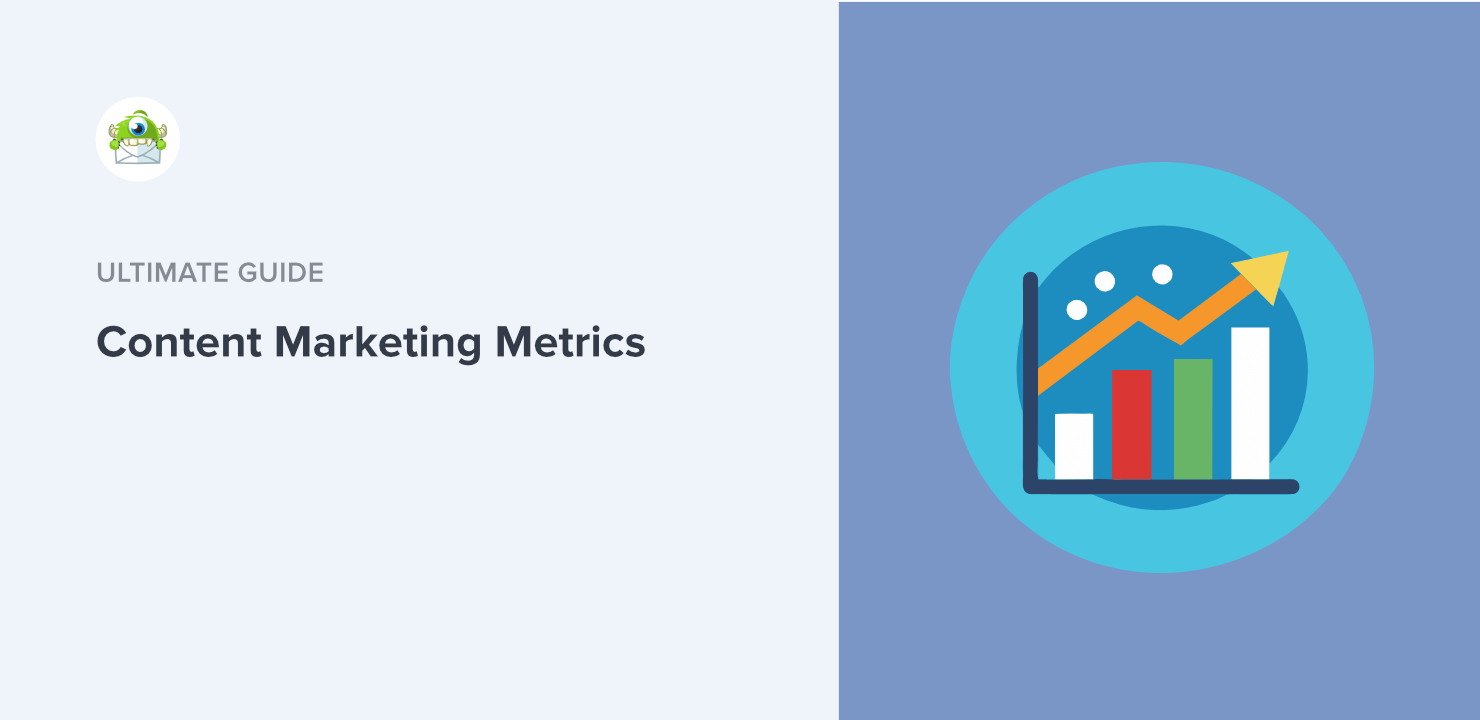

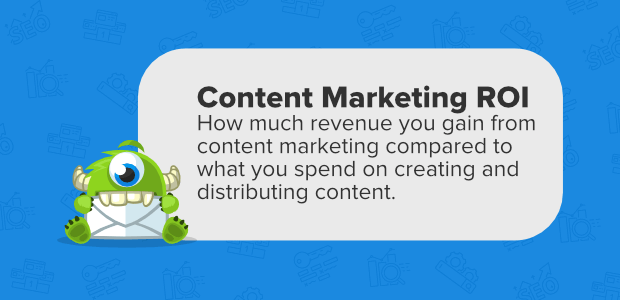

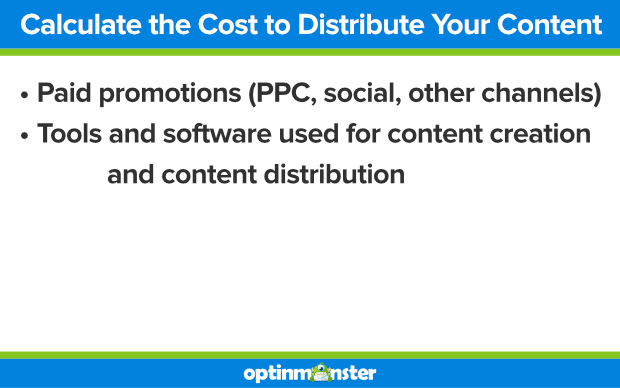
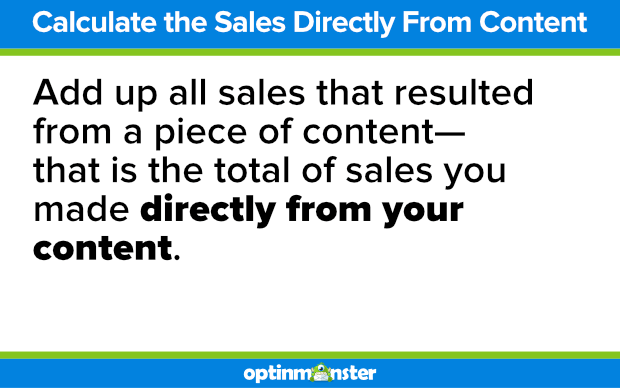
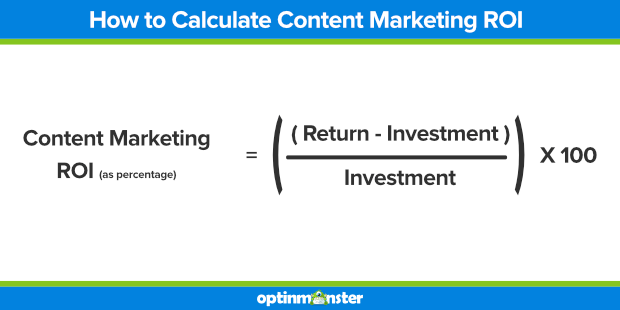
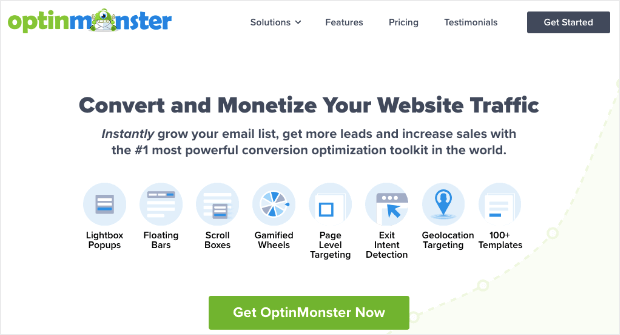









Add a Comment